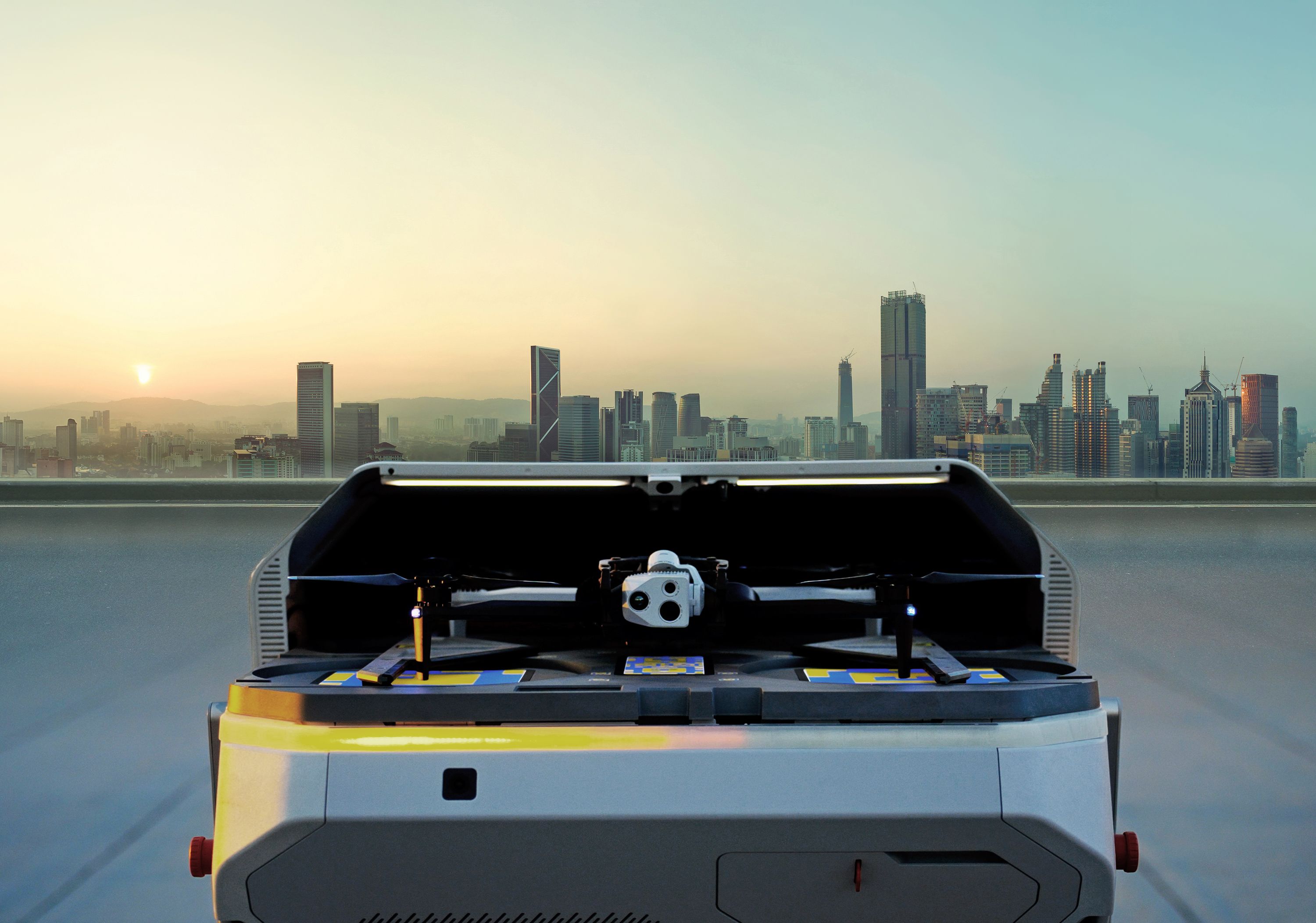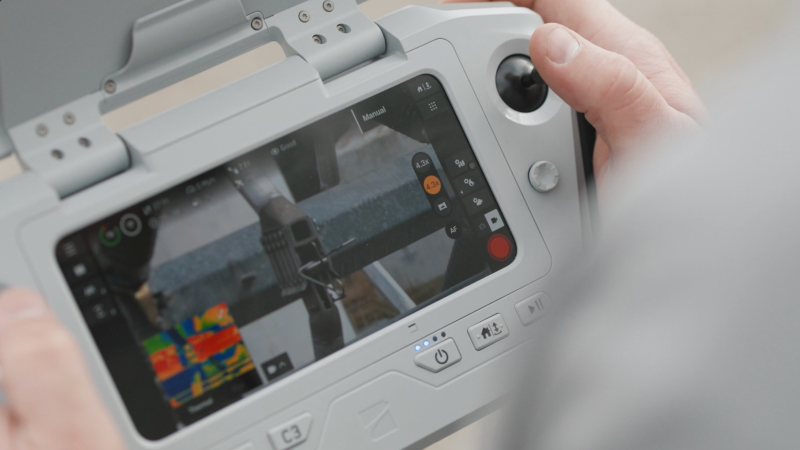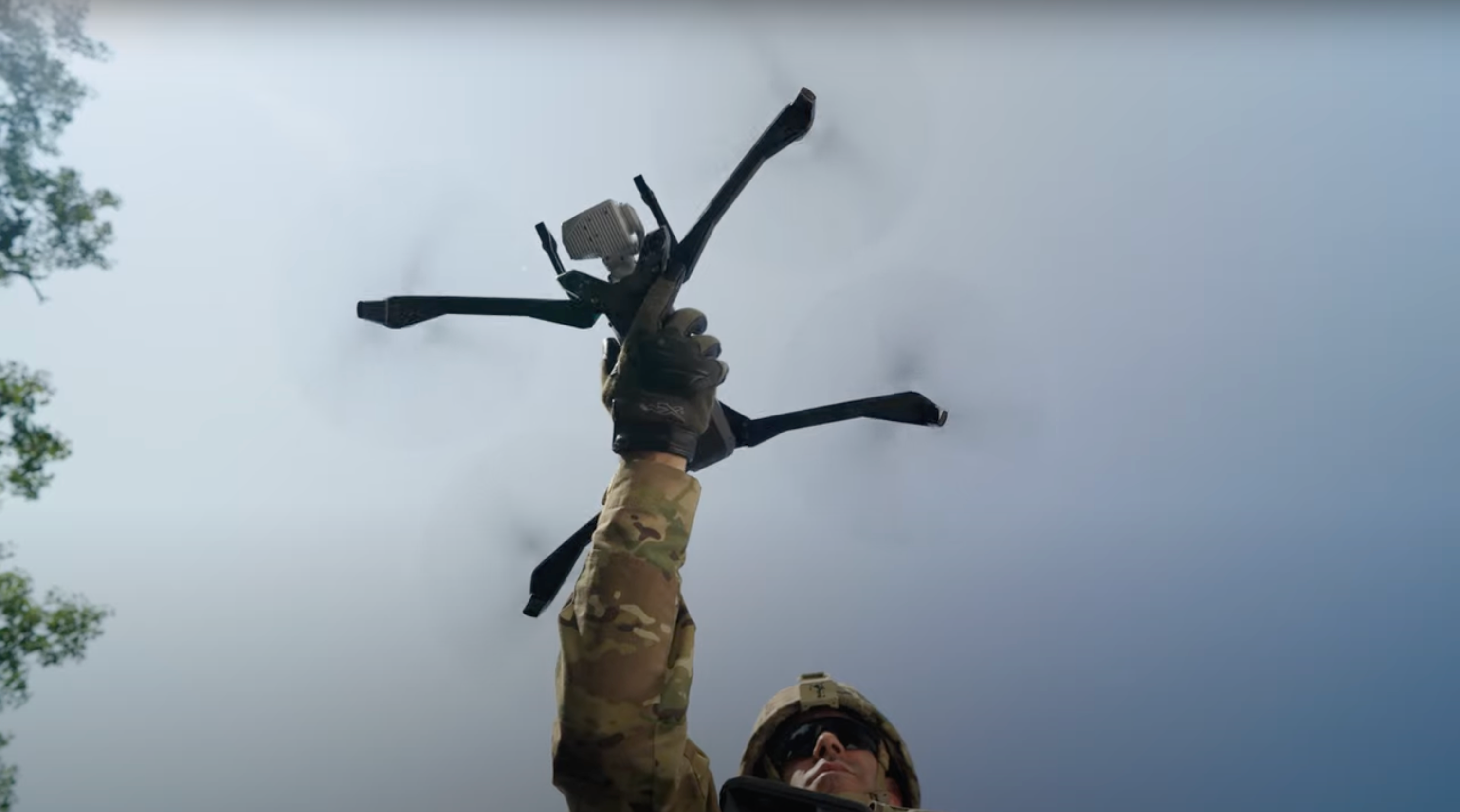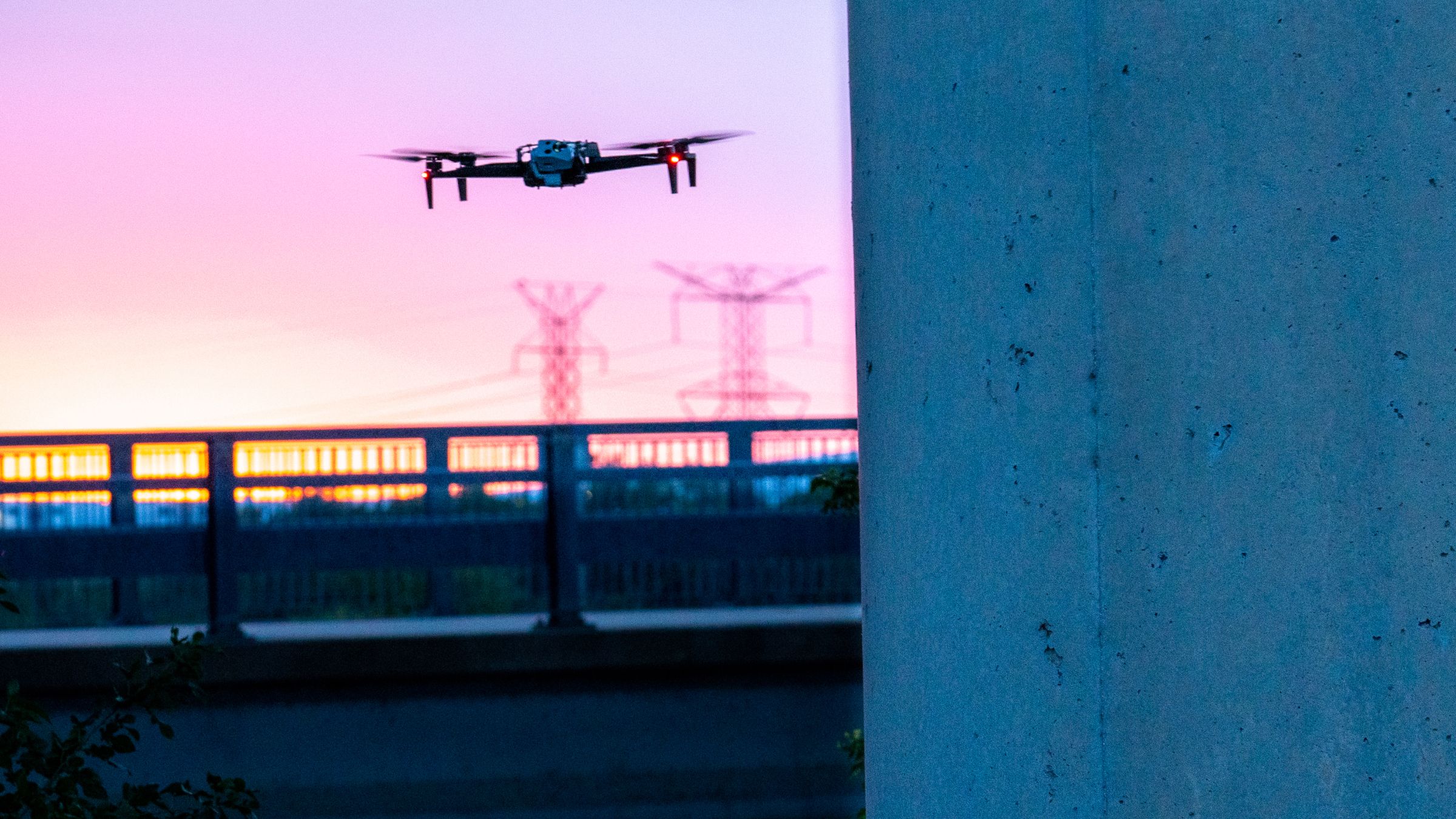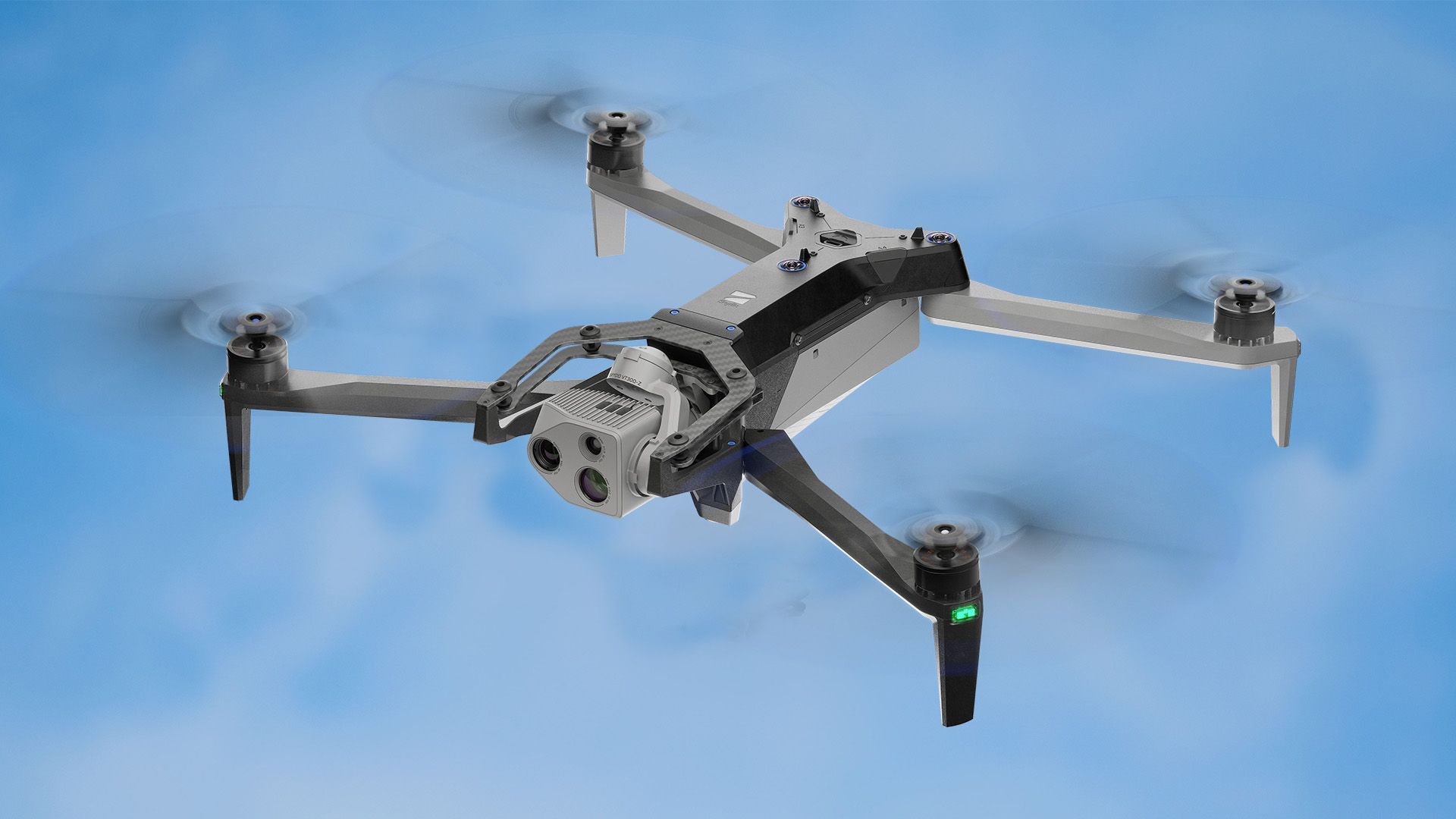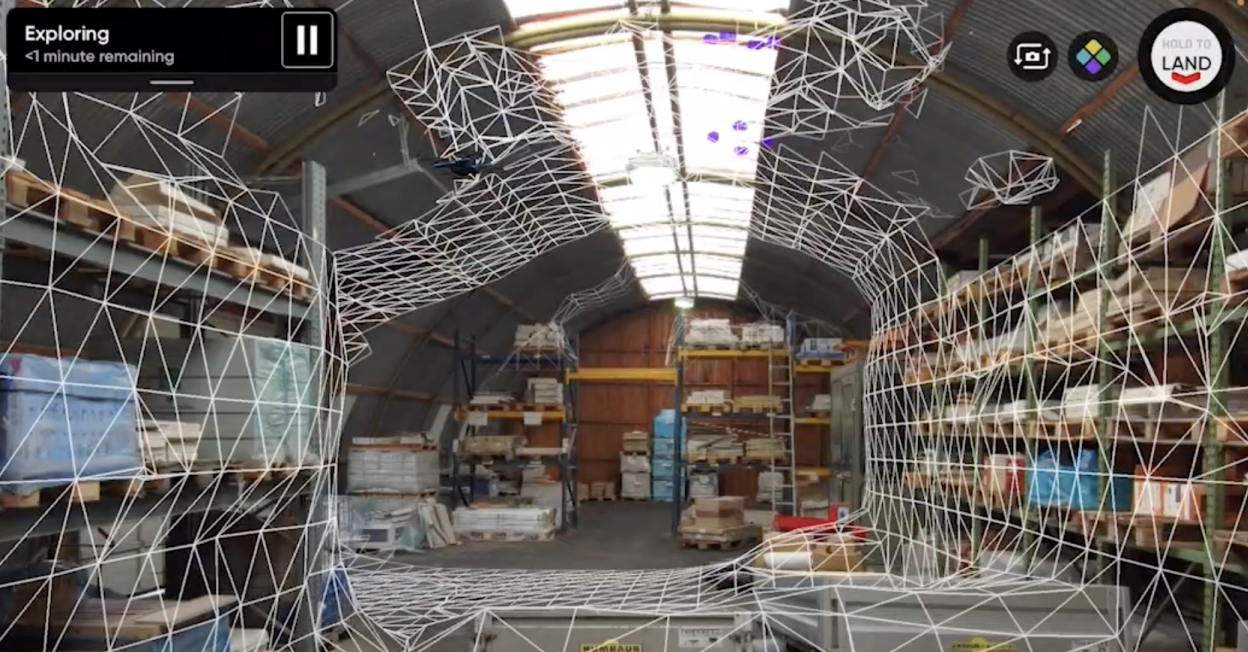3D Scan Example - Lunar Lander
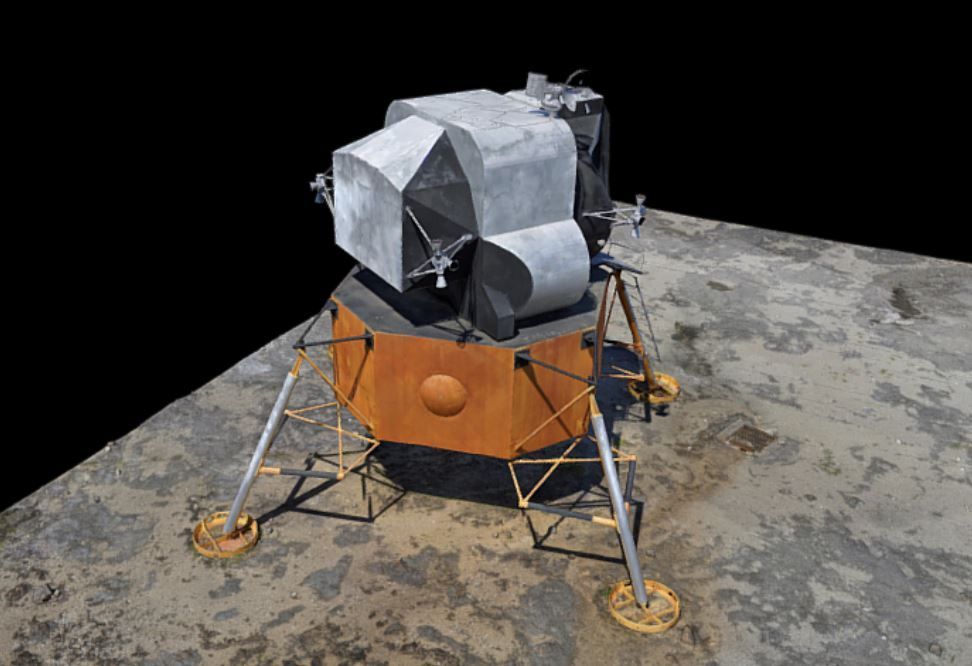
Before getting started with this week’s sneak peek, I wanted to bring to your attention that Skydio’s biggest virtual event ever is happening at 9amPT/12pmET on June 2nd, broadcasting from the U.S. Space & Rocket Center in Huntsville, AL. Register for the live event to hear Skydio executives and special guest speakers discuss our latest breakthroughs in autonomous inspection technology!

In preparation for the event, the Skydio team visited the U.S. Space & Rocket Center and captured twenty 3D Modeling datasets of jet engines, rockets, and fighter jets in a single day. One of the team members was VP of Autonomy for Skydio, Hayk Martiros, who shared some of his thoughts on 3D Scan during this visit. We will be sharing some of these scans that Hayk and the rest of the team captured in the coming weeks, which will join some of our favorite sneak peek 3D Scans such as a crane mast, the Sepulveda Dam, and a mock helicopter crash site on Skydio.com.
3D Scan is first-of-its-kind adaptive scanning software built on top of Skydio Autonomy, and was recently named a finalist in the innovation category for the 2021 AUVSI XCellence Awards. 3D Scan automates data capture of any scene with comprehensive coverage and ultra-high resolution, so that crews can perform higher quality inspections in less time and with minimal pilot training.
“ “I am so excited to share the latest and greatest Skydio technology with you all from the U.S. Space & Rocket Center, a showcase of some of the American Aerospace Industry’s greatest achievements.”
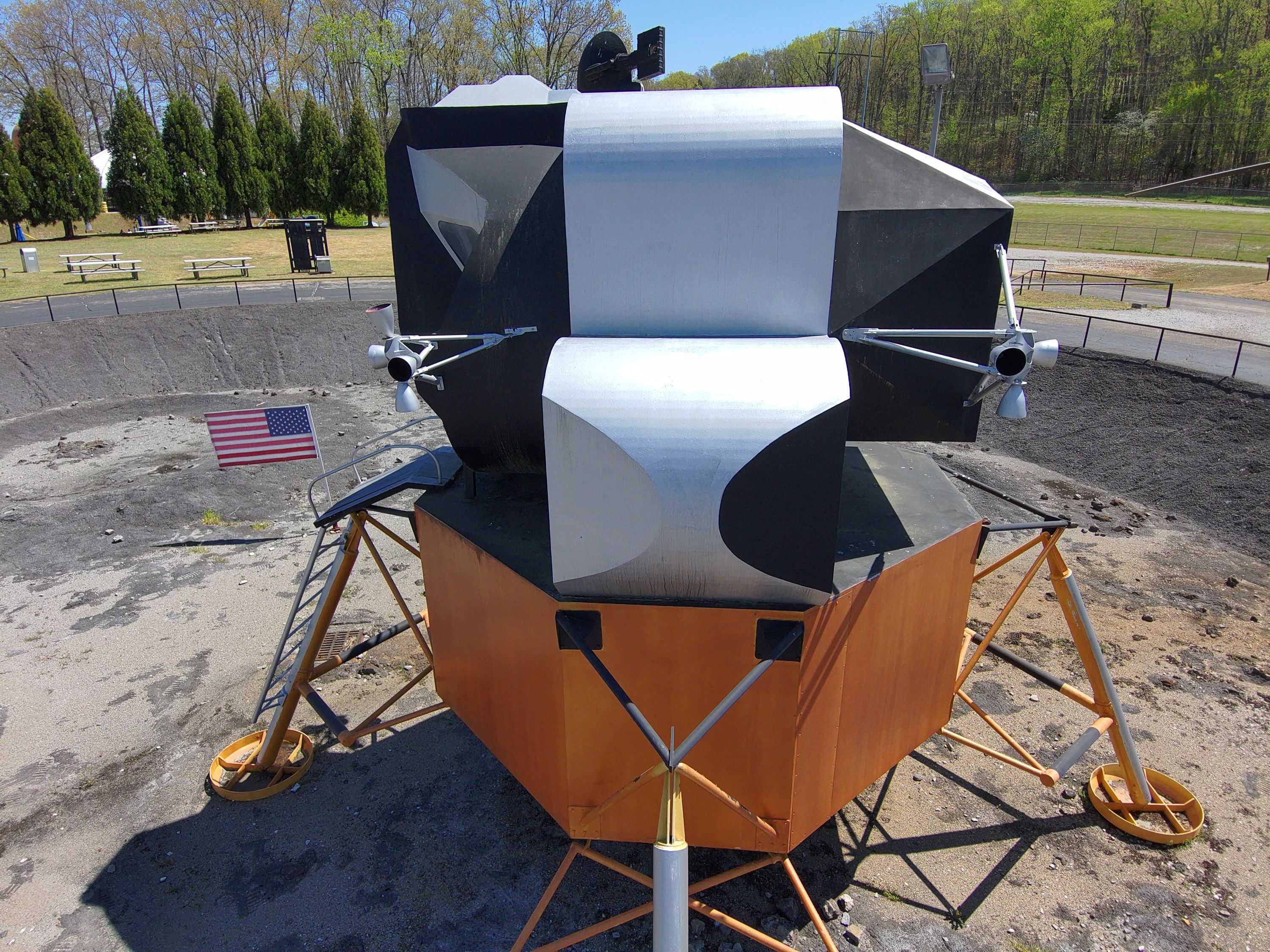
The Lunar Module replica at the U.S. Space & Rocket Center in Huntsville, AL. This image was shot on Skydio 2.
Today, we are showcasing our first scan out of our visit to the U.S. Space & Rocket Center, a replica of the Apollo Lunar Module (view the full model in our Skydio Sketchfab here). Since autonomous drones are one of the latest innovations in the aerospace industry, it is only fitting that we use them to scan one of the most impressive feats of aerospace engineering in human history. The Lunar Module, sometimes known as the Lunar Lander, was designed to transport astronauts between a spacecraft in lunar orbit and the surface of the moon. Between 1969 and 1972, six of these lunar modules landed humans on the Moon, and they remain the only crewed aircraft to ever land on the Moon’s surface. While the module originally touched down in the Sea of Tranquility in 1969, today, this replica can be found at the Rocket Center, on Tranquility Base in Huntsville, Alabama.

A Matcap view of the Lunar Module 3D Model. The Model Inspector in Sketchfab allows the user to overlay different views, including this one, onto the final render of the scanned structure.
Over the last 50 years, the American Aerospace Industry made many discoveries in the field of aerospace engineering. Skydio 3D Scan is one of the latest innovations in autonomous flight technology, and we are excited to showcase more features of this incredible software. In previous blogs, we described 3D Scan adaptive scanning capabilities in great detail. Today, we will focus on another notable feature, the Edge Model Viewer. While the drone is autonomously scanning the structure, it is also internally creating a simplified 3D model of the scanned scene. The operator can view this edge-computed model in the field from a web app served directly from the drone to their laptop or mobile device, allowing the operator to validate that they have full coverage of the scene without having to wait until post-processing. For Early Access customers, the Edge Model Viewer has helped save time in the field and ensure complete, accurate scans without having to re-fly.
“ “While operators are used to having to pre-program drone flight patterns, we designed 3D Scan to be fully adaptive and automated, so that users can rapidly scan any scene put in front of them, with minimal preparation.”

This is a screenshot from the 3D model of the Lunar Module showing the level of detail captured by Skydio 3D Scan. These incredibly lifelike models enable new processes for efficient asset inspection, incident documentation, and more.
If you’re excited about this 3D Model of the Lunar Module, just wait until you see the challenges 3D Scan will be taking on during our live event: Era of Autonomous Inspection. Register today for a show you won’t want to miss!
Additional capture details
This model features 414 photos stitched together in Bentley ContextCapture. As you will notice if you follow the link to our Sketchfab account, the model contains incredible detail of all sides and angles of the tower, which would be impossible to document with a manual drone’s simplistic top-down flight. Additional capture details are below. To learn how you can apply this incredible new technology to your inspection operations, please do not hesitate to contact us.
Capture
- Platform: Skydio 2
- Date: Feb 22, 2021
- Distance: 12 feet
- Ground Sampling Distance (GSD): 1.7 mm
- Overlap / Sidelap: 80 / 70%
- Photos: 414
- Flight Time: 30 minutes (approx. 2 batteries)
Processing
- Package: Bentley ContextCapture
- Computer: Dell Precision 7550 Laptop
Pilot Spotlight: Hayk Martiros
Hayk was the first engineering hire at Skydio and he leads the autonomy team. He is an experienced roboticist who develops robust approaches to computer vision, deep learning, nonlinear optimization, and motion planning to bring intelligent robots into the mainstream. His team’s state of the art work in UAV visual navigation of complex scenarios is at the core of every Skydio drone. He also has a deep interest in systems architecture and symbolic computation. His previous works include novel hexapedal robots, collaboration between robot arms, micro-robot factories, solar panel farms, and self-balancing motorcycles. Hayk is a graduate of Stanford University and Princeton University.
